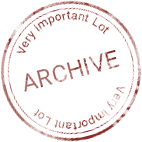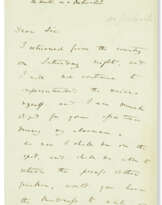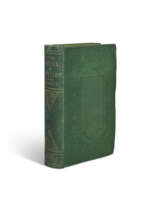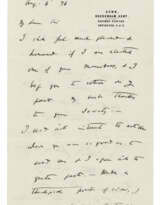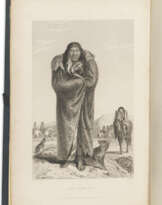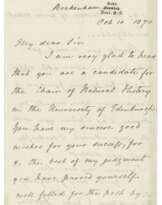ID 1449857
Lot 123 | DARWIN, Charles Robert (1809-1882)
Estimate value
£ 100 000 – 150 000
On the Origin of Species by Means of Natural Selection. London: John Murray, 1859
First edition of 'the most important single work in science' (Dibner). Darwin’s historic achievement with the Origin lay in making the concept of evolution acceptable to the scientific community by cogently arguing for the existence of a viable mechanism – natural selection – by which new species evolve over vast quantities of time. The gestation of the theory had been slow: Darwin opened his first notebook on transmutation in July 1837 but spent years leading a double life – presenting papers on fossils and earthquakes to Oxford and Cambridge theologians at the Geological Society, elected to the Athenaeum, the Royal Society, and the council of the Royal Geographical Society – all the while secretly compiling notes on the mechanics of organic change. He continued to collate his research on species in the years following the move from London to Down in 1842, and started to discuss his hypotheses with colleagues Lyell, Hooker, Huxley and others. Darwin began writing the Origin – intended as an extended technical treatise aimed at his peers – in May 1856, encouraged by Lyell, who feared for Darwin's priority after reading the work of Alfred Russel Wallace. Two years later he had composed an extended treatise entitled 'Natural Selection', some two thirds complete at 250,000 words. In June 1858, Darwin received a letter about evolution from Wallace, who had independently arrived at similar conclusions, leading to the publication of their joint paper at the Linnean Society on 1 July. Darwin now moved quickly: an abstract of ‘Natural Selection’ first intended as an essay soon turned into a book. Stripped of references and academic paraphernalia – and now aimed not at specialists, but directly at the reading public – it was all, except the index, in corrected proof by 11 September 1858. John Murray agreed to publish it sight unseen on Lyell's recommendation, which proved good: the entire edition of 1,250 copies was sold on the day of publication, 24 November 1859. The Origin of Species, never out of print, was translated into at least thirty-six languages; it expounded a theory of evolution that was recognisably superior and of infinitely greater impact than all previous hypotheses explaining biological diversity. It stands as ‘the most important biological work ever written’ (Freeman) and ‘a turning point, not only in the history of science, but in the history of ideas in general' (DSB). Dibner Heralds of Science 199; Eimas Heirs 1724; Freeman 373; Garrison-Morton (1991) 220; Grolier, Science 23b; Norman 593; PMM 344b; Milestones of Science 49; Waller 10786.
Octavo-in-12s (198 x 125mm). Half-title, folding lithographic diagram, 32 pages of publisher's adverts at end dated June 1859 in Freeman’s variant 3 (no priority; fore-edges lightly pushed on three occasions causing some marginal creasing, e.g. pp. 57-60 and pp.361-368, small chip to lower margin of pp.19-20, tiny hole at base of pp.29-32, small splits at folds of lithographic diagram, occasional faint spotting at beginning and at the final page). Original publisher's green cloth by Edmonds and Remnants with their ticket, Freeman’s variant b (no priority; hinges expertly restored, corners lightly rubbed, spine ends pushed with some minor tears to cloth, a few short splits to cloth along lower joint). Modern case. Provenance: a few modern pencil annotations across the volume.
| Artist: | Charles Robert Darwin (1809 - 1882) |
|---|---|
| Place of origin: | Northern Europe, Europe, United Kingdom |
| Auction house category: | Medicine & science, Books and manuscripts, Printed books |
| Artist: | Charles Robert Darwin (1809 - 1882) |
|---|---|
| Place of origin: | Northern Europe, Europe, United Kingdom |
| Auction house category: | Medicine & science, Books and manuscripts, Printed books |
| Address of auction |
CHRISTIE'S 8 King Street, St. James's SW1Y 6QT London United Kingdom | |
|---|---|---|
| Preview |
| |
| Phone | +44 (0)20 7839 9060 | |
| Buyer Premium | see on Website | |
| Conditions of purchase | Conditions of purchase |


